Herbs were a much larger part of life in the 18th and 19th centuries than they are now, and they are pretty big even now. Herbs were used not only in food, but as medicine and also, perhaps, just a little bit of magic.
Nancy Wetzel, a landscape gardener and garden historian for the Sarah Orne Jewett House in South Berwick, used Jewett’s “The Country of the Pointed Firs” as a guide to how heirloom herbs were used during a program earlier this month at Coastal Maine Botanical Gardens in Boothbay.
The narrator of “Pointed Firs” stays in midcoast Maine at the home of Almira Todd, who gathers and grows herbs and treats her neighbors with a variety of potions that she creates.
“She practices social medicine,” Wetzel said. “Female herbalists are part of a long line of healers. Social medicine was part of the social fabric. Mrs. Todd didn’t make house calls. She made social calls, and left a remedy behind.”
Wetzel said that Jewett’s father was a country doctor, and “Pointed Firs” shows a bit of a tug between the work of doctors and herbalists. But the distance then was not as wide as it is now.
“The combination of physician botanist is a historical tradition,” she said. “The medicines were all plant-based.”
Wetzel also said that if the Latin horticultural name of a plant ends in officinalis, the plant has medicinal properties. Examples include Borago officinalis for borage, which is called the herb of gladness and is said to reduce fevers; Hyssop officinalis, which is used to care for colds and bruises; and Salvia officinalis, or sage, used in a tea to treat diseases such as measles.
Wetzel said the herb teas, whether the ones created by Mrs. Todd in “Pointed Firs” or the ones sold commercially, aren’t really teas, but tisanes. Teas require the actual tea plant, typically grown in Asia.
“Pointed Firs” includes a number of interesting herbal mixtures. When the narrator left Dunnet Landing, Mrs. Todd gave her “a neatly tied bunch of southernwood and a twig of bay.” Southernwood is Artemisia abrotanum, which dates in literature to when Pliny the Elder gave some to a wayfaring man and he “felt no weariness at all.”
The twig of bay came from the native bayberry, or Myrica pensylvanica, which produces grayish white berries than can be used to make candles. The bay twig was meant to represent the Mediterranean bay leaves used in cooking, and also to serve as a reminder of Dunnet landing.
Another mixture was catnip, or Nepeta cataria, and yarrow, or Achillea millefolium. The catnip is said to excite cats and calm humans, and the mixture was designed to soothe fits.
Wetzel spent some time discussing wormwood, Artemisa absinthium, which is a remedy for worms and a moth repellent, but also an ingredient in the liquor absinthe, which was popular in France at the time “Pointed Firs” was published in 1896 and said to produce hallucinations. Absinthe was banned in the United States until 2007, and Wetzel said she thinks some of the hallucinogenic properties have been removed.
Camomile, another tisane, was the drink after a “wearin’ day” and is still a popular bedtime tea. Bergamot, also beebalm or Monarda, scented ink that attracted bees. Tansy, or Tanacetum vulgare, was an ant repellent and a preservative in coffins that also was steeped in rum to create a spring tonic.
Lobelia, both the Lobelia siphlitica and Lobelia cardinalis, were used to treat syphilis. Lobelia inflata, or Indian tobacco, was smoked by Indians and in capsules induces drowsiness. Thyme was used for swelling, warts, sciatica, gout, flatulence and hangovers.
London-pride or Maltese cross treated colic-like pain. Elcampane was for coughs, eyesight problems and more. Lemon balm was to relax sinews in a bath, induce calm and expel afterbirth. And spearmint was for stomach problems, headache and stings.
In a chapter of “Pointed Firs” that was not found until the 1970s, “The Foreigner,” more culinary herbs are discussed. Omelets are made with Italian or flat-leaf parley, chives, chervil and tarragon, and sorrel is used as a vegetable.
The magic was from bloodroot, which was used by Indians as a dye for their skin. “I saw her cutting the tops (of a simple) by moonlight once, as if it were a charm and not a medicine, like the great fading bloodroot leaves.”
These herbs all can be found today — although finding the species rather than the hybrids can be tough. Wetzel said finding them is easier now with the Internet than it was 18 years ago when she created the “Pointed Firs” herb garden at the Jewett House.
CHANGE AT THE GARDENS
Maureen Heffernan, executive director of Coastal Maine Botanical Gardens for eight years, will be leaving the position in mid-September to become executive director of the Myriad Botanical Garden and Conservatory in Oklahoma City.
Heffernan came on board and brought in Herb Schaal, who re-created the designs for the main campus of the garden. She oversaw the construction of the main campus, including the welcome center building, and the Lerner Garden of the Five Senses, the Bibby and Harold Alfond Children’s Garden and, this year, the Bosarge Education Center.
Bill Cullina will be stepping in has acting director. Cullina has been director of horticulture and plant curator at the gardens since June 2008, and before that worked 15 years at New England Wild Flower Society, ending up as director of horticultural research. He also is the author of five popular gardening books.
Tom Atwell can be contacted at 791-6362 or at:
tatwell@pressherald.com
Send questions/comments to the editors.

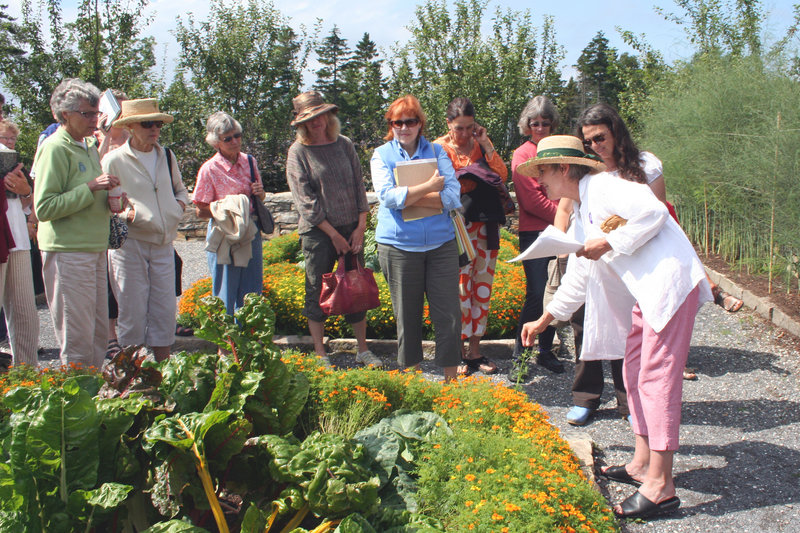
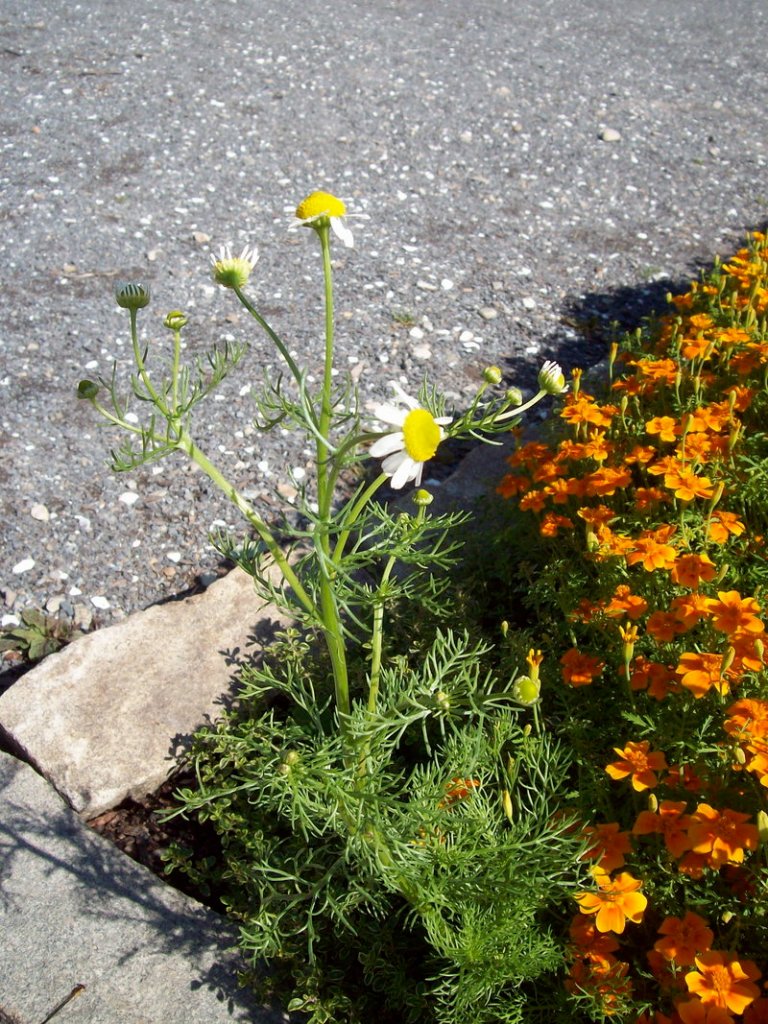
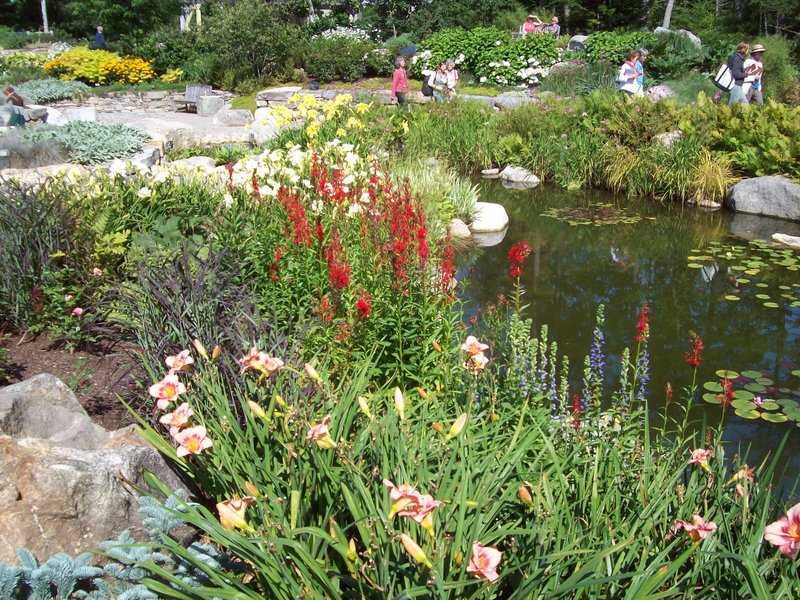
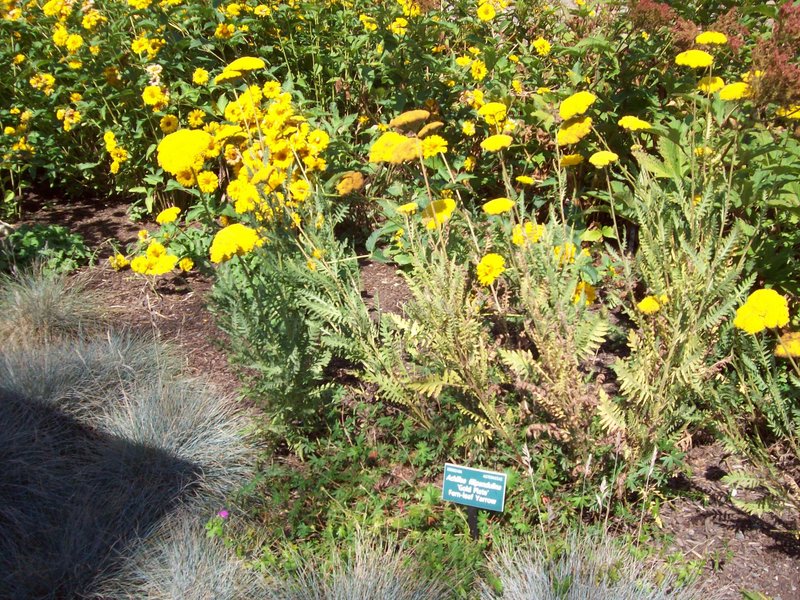
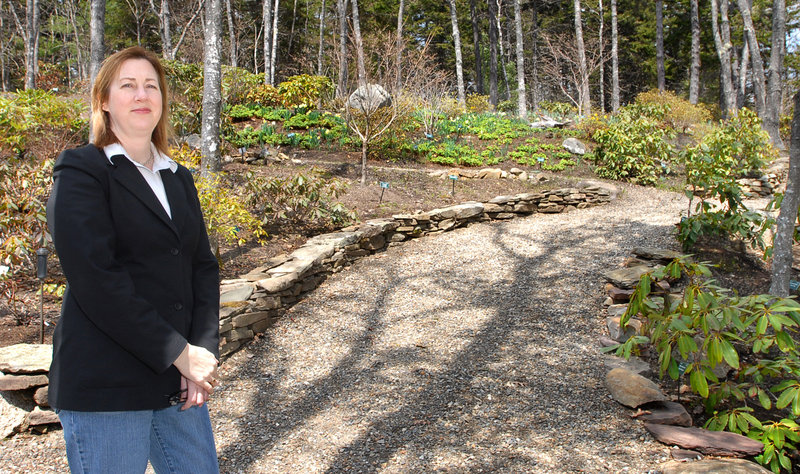
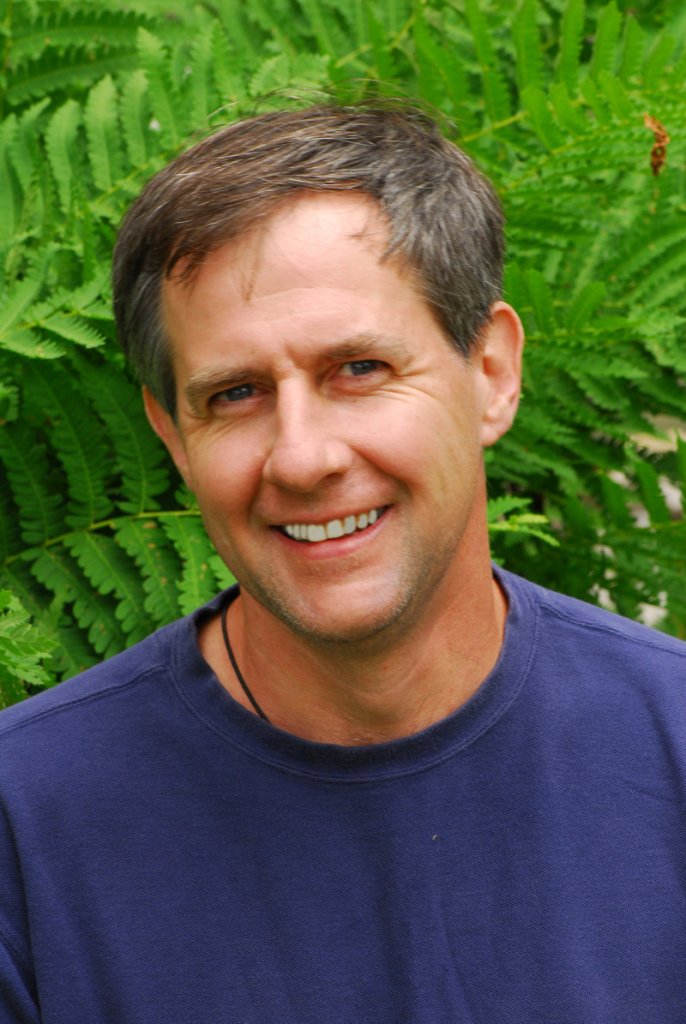

Success. Please wait for the page to reload. If the page does not reload within 5 seconds, please refresh the page.
Enter your email and password to access comments.
Hi, to comment on stories you must . This profile is in addition to your subscription and website login.
Already have a commenting profile? .
Invalid username/password.
Please check your email to confirm and complete your registration.
Only subscribers are eligible to post comments. Please subscribe or login first for digital access. Here’s why.
Use the form below to reset your password. When you've submitted your account email, we will send an email with a reset code.